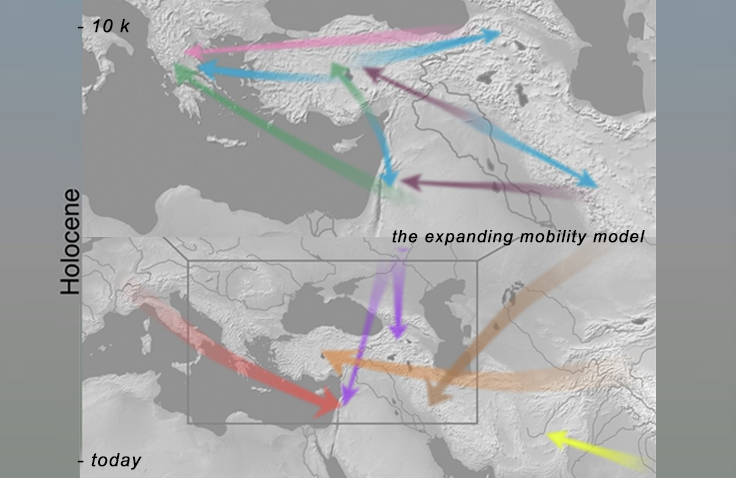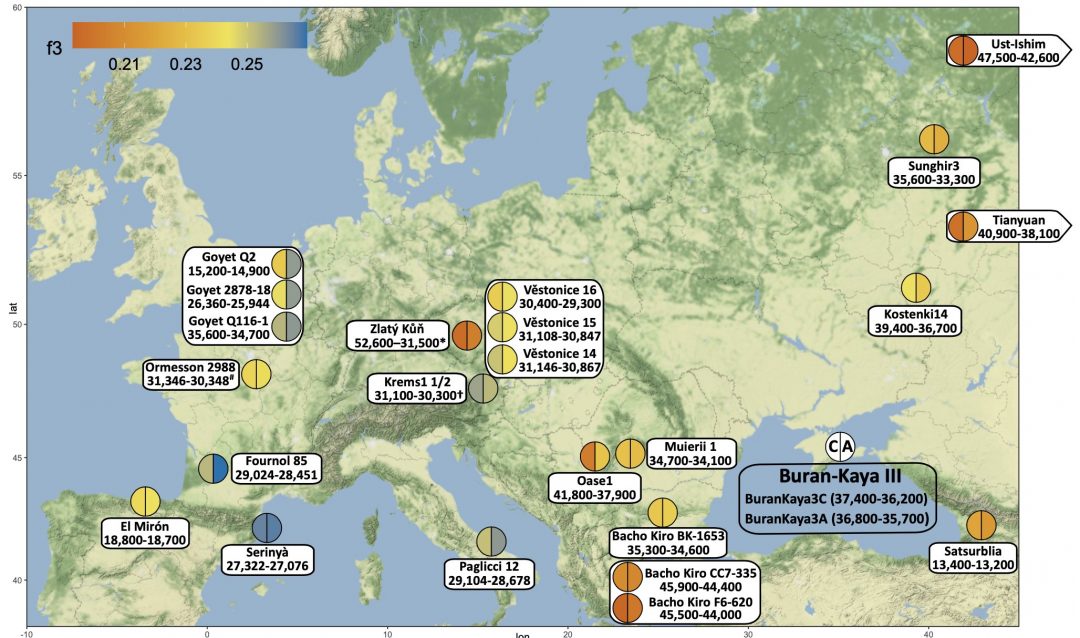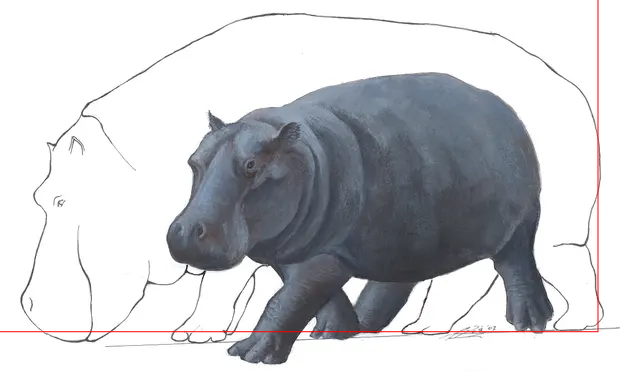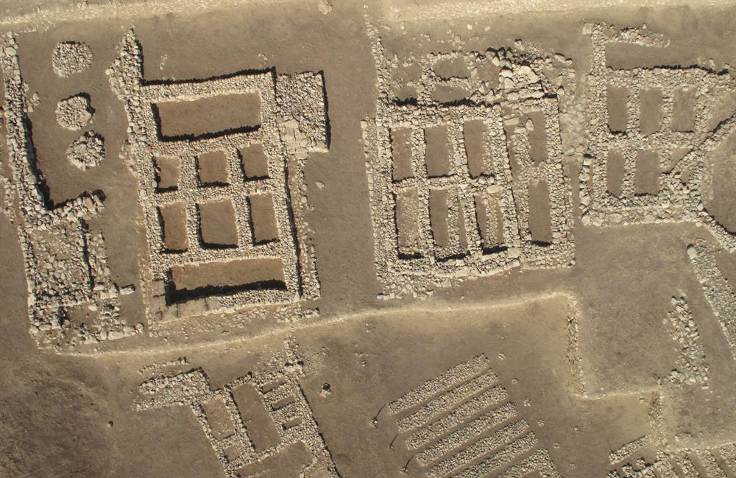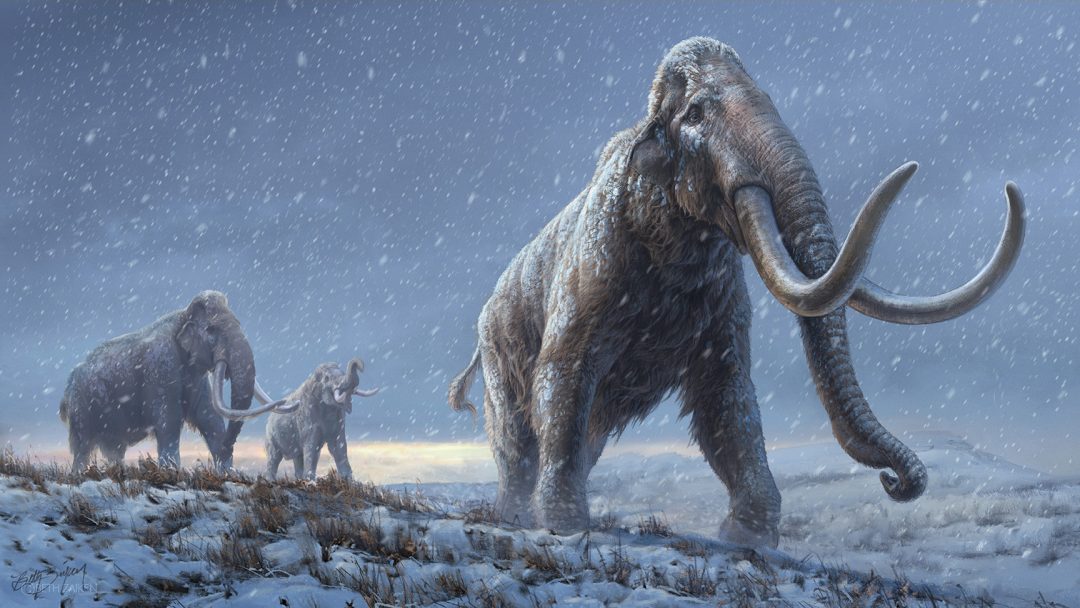In their latest study, our researchers produced 35 ancient genomes from Anatolia, Greece, Georgia, Azerbaijan and Iran ranging from ~7,350 BCE to 200 CE. They found that genetic diversity in the region steadily increased during the Holocene, which can be explained by continuous human mobility. However, the mobility patterns were not the same over time. While most mobility took place within Southwest Asia and the East Mediterranean in the first half of the Holocene, during the last 6,000 years humans moved into the region from more distant places. They call this pattern “the expanding mobility model”.
The article is authored by Dilek Koptekin, Eren Yüncü, Ricardo Rodríguez-Varela, N. Ezgi Altınışık, Nikolaos Psonis, Natalia Kashuba, Sevgi Yorulmaz, Robert George, Duygu Deniz Kazancı, Damla Kaptan, Kanat Gürün, Kıvılcım Başak Vural, Hasan Can Gemici, Despoina Vassou, Evangelia Daskalaki, Cansu Karamurat, Vendela K. Lagerholm, Ömür Dilek Erdal, Emrah Kırdök, Aurelio Marangoni, Andreas Schachner, Handan Üstündağ, Ramaz Shengelia, Liana Bitadze, Mikheil Elashvili, Eleni Stravopodi, Mihriban Özbaşaran, Güneş Duru, Argyro Nafplioti, C. Brian Rose, Tuğba Gencer, Gareth Darbyshire, Alexander Gavashelishvili, Konstantine Pitskhelauri, Özlem Çevik, Osman Vuruşkan, Nina Kyparissi-Apostolika, Ali Metin Büyükkarakaya, Umay Oğuzhanoğlu, Sevinç Günel, Eugenia Tabakaki, Akper Aliev, Anar Ibrahimov, Vaqif Shadlinski, Adamantios Sampson, Gülşah Merve Kılınç, Çiğdem Atakuman, Alexandros Stamatakis, Nikos Poulakakis, Yılmaz Selim Erdal, Pavlos Pavlidis, Jan Storå, Füsun Özer, Anders Götherström, and Mehmet Somel.
